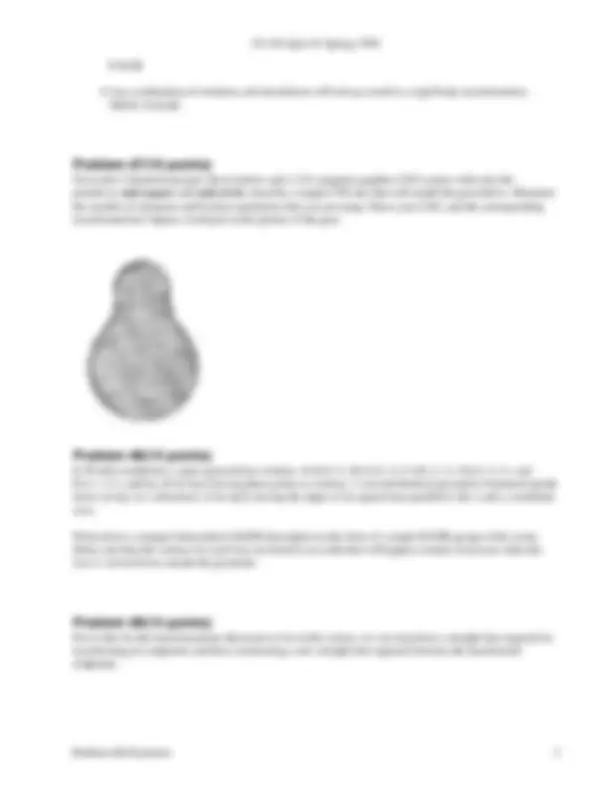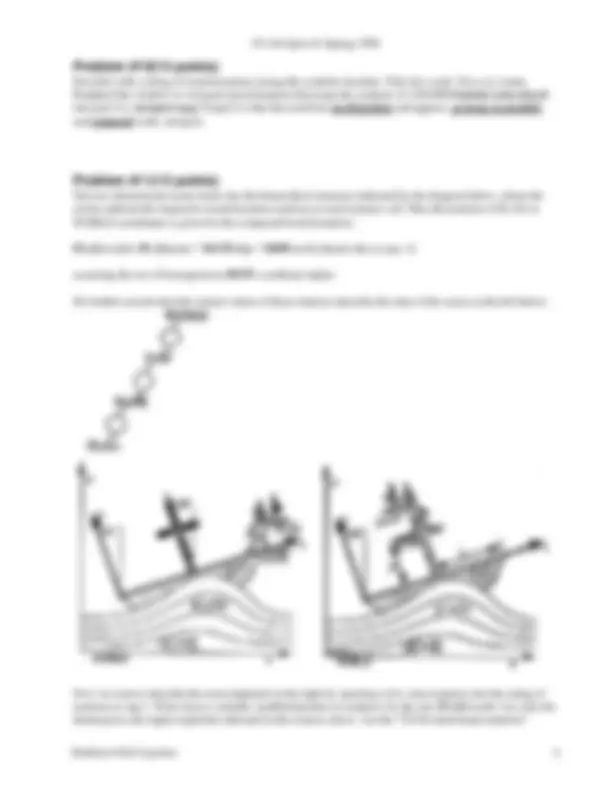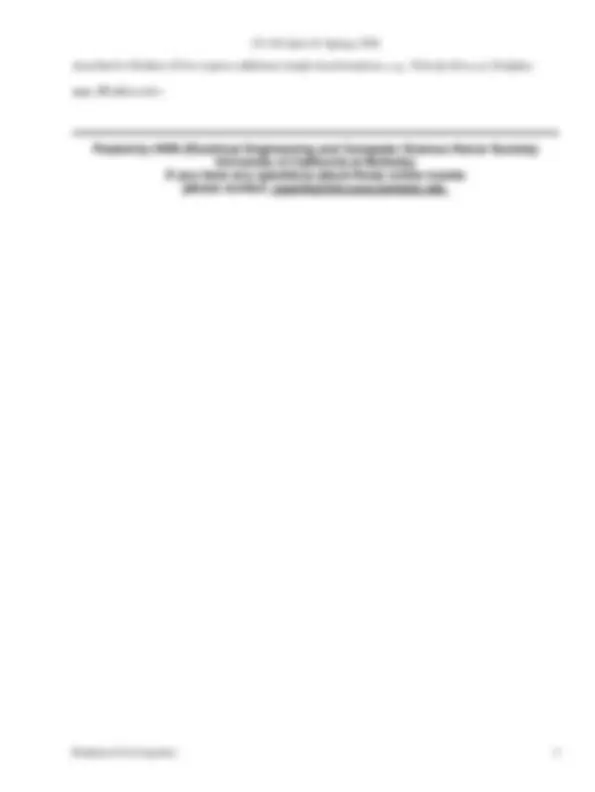





Study with the several resources on Docsity

Earn points by helping other students or get them with a premium plan


Prepare for your exams
Study with the several resources on Docsity

Earn points to download
Earn points by helping other students or get them with a premium plan
Community
Ask the community for help and clear up your study doubts
Discover the best universities in your country according to Docsity users
Free resources
Download our free guides on studying techniques, anxiety management strategies, and thesis advice from Docsity tutors
Main points of this exam paper are: Boundary Repr, Liquid-Crystal Panel, Vector-Drawing Crt, Raster-Display Crt, Disrec-View Storage Tube, Worst Choice, Easter-Egg Approximated, Resonance Imaging, Idealized Wedge, Swiss Cheese
Typology: Exams
1 / 5

This page cannot be seen from the preview
Don't miss anything!




Which of the devices below are calligraphic (vector-drawing)? --> Circle the correct answer.
Indicate the BEST and the WORST choice among the listed displays for the purpose of displaying animated wire frames:
For each of the objects described below, list the representation that most naturally fits the structure of the object; choose from: Boundary Repr. (BRep)--- Constr. Solids Geometry (CSG) --- Volume Repr. (Octree) -- Procedural genration by sweeping (Sweep) -- Prototype instantiation (Inst.)
course, semester/yearCS 184, Spring 1998exam # Quiz #1professor Professor C.H. Sequin 1
Name FOUR logical input device types:
Name the FOUR basic interaction tasks discussed in class:
Show a QUAD-TREE representing the geometry in the Figure below. Draw the tree with the children of each node appearing in order {1,2,3,4} from left to right and show the leaf-node values.
Circle the correct answer.
2D-rotations of homogeneous coordinate triples are described by orthogonal matrices. TRUE | FALSE
If points P0, Q0, R0 are carried into points P1, Q1, R1, respectively, by a uniform scaling S(c,c,c) for some c > 0, then the angle P0Q0R0 is equal to the angle P1Q1R1. TRUE | FALSE
To find the result of transforming 100 vectors, Vi, by matrices M,N,P,Q in order, the following indicates an efficient plan of computation. TRUE | FALSE
for i=1 to 100 do wi = (((ViM)N)P)Q);
If we change the viewport, we see the same part of the object drawn on a differnt part of the display. TRUE | FALSE
In 2-space, rotation around the origin and uniform scaling with respect to the origin are commutative.TRUE | FALSE
Describe with a string of transformations [using the symbols translate: T(dx,dy); scale: S(sx,sy); rotate: R(alpha)] the window-to-viewport transformation that maps the contents of a GLIDE frustum (a,b,c)(d,e,f) into part of a viewport (p,q,) (s,t,)** so that the result has no distortion and appears as large as possible and centered in the viewport.
The two-dimensional scene below has the hierarchical structure indicated by the diagram below, where the circles indicate the respective transformation matrices at each instance call. Thus the position of FLAG in WORLD coordinates is given by the compound transformation:
FLAG world= FLAG mate * MATE ship * SHIP world [denote this as eqn. 1]
assuming the use of homogeneous ROW coordinate triples.
We further assume that the current values of these matrices describe the state of the scene on the left below:
Now we want to describe the scene depicted on the right by inserting a few extra matrices into the string of matrices in eqn 1. Write down a suitably modified product of matrices for the new FLAG world. Use only the demensions and angles explicitly indicated in the scences above. Use the "CS184 short-hand notations"
described in Problem #10 to express additional simple transformations, e.g., T(dx,dy),S(sx,sy), R(alpha).
new_FLAG world =